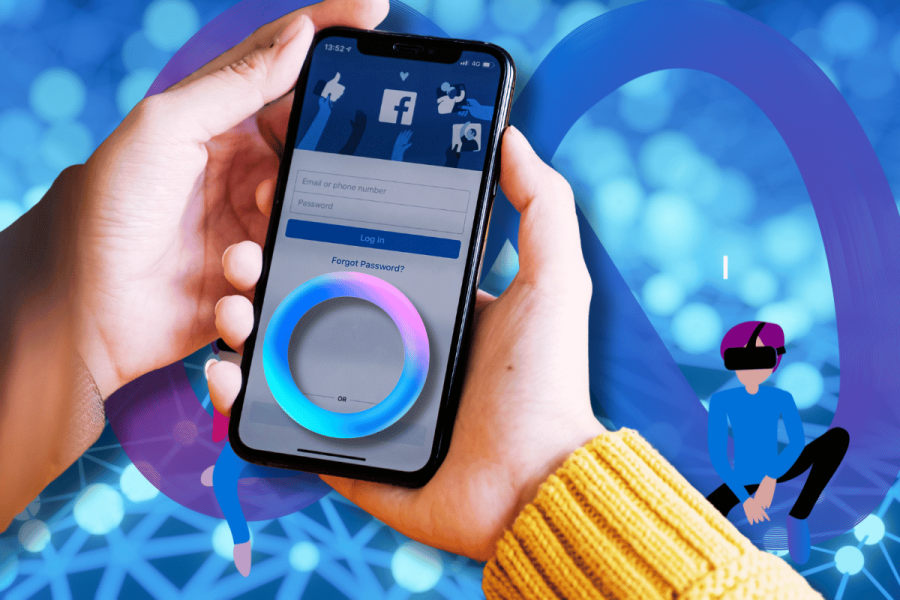This is part 2 of a two-part article on the mobile e-commerce market in relation to other mobile trends.
In part 1 of this article, we looked at m-commerce’s struggles in relation to other mobile markets like mobile ads and video while also discussing some of the issues mobile retailers face today. But another aspect to m-commerce’s growth (or lack thereof) is the issue of mobile payment providers. Only recently have we begun to see some changes in this space – at least in developed markets like the U.S. With the recent launch of several new mobile payment services, consumers should soon become more comfortable and open to the idea of using their phones to make purchases.

Pay with a Mobile Phone? Not Odd in the Developing World
Interestingly enough, the “comfort factor” in using a mobile to make a purchase is more of a problem here in the developed world. In developing markets, however, where critical infrastructure like bank branches and high-speed internet is often lacking, people use mobile phones for all sorts of things including mobile banking, mobile money transfer, mobile education, and mobile medicine.
For example, one of the more successful mobile phone money-transfer services is M-PESA, a branchless banking service which has seen success in Kenya, Tanzania, and Afghanistan. Then in Sri Lanka, parts of Africa, and other low-GDP regions a company called Amdocs even helps mobile users to spend their minutes like currency.
Closer to home, the recent partnership between mobile service provides Fundamo and Clickatell may help to bring additional mobile banking initiatives to more advanced mobile markets. Like the U.S., Fundamo’s technology is currently used in one third of all mobile banking deployments globally while the U.S.-based Clickatell works with institutions like First National Bank, Standard Bank, MoneyGram, Capitec, Nedbank, Moneybookers, New Heights Microfinance Bank, and others.
Getting Comfortable Paying with Our Phones
One key component to m-commerce’s potential success is establishing a comfort factor among consumers when it comes to paying for things with mobile phones. Facebook’s role in helping to mainstream this trend should not be overlooked. The company has begun testing mobile payments via a partnership with Zong which would allow users to purchase Facebook credits via their cell phones. Although not in effect yet, once the “flip is switched” so to speak, there will immediately be a large potential customer base for using mobile payment technology. And because it’s Facebook, there will be a certain level of trust in the technology. (Yes, we know that’s odd given Facebook’s numerous privacy stumbles in the past, but overall, the mainstream population won’t likely be all that wary.) In addition to the Zong/Facebook partnership, a mobile payment service called Boku has already launched within Facebook and in other social networks, too.
Other mobile payment initiatives introduced this year include MasterCard’s launch of their MoneySend technology and Nokia’s launch of Nokia Money, both being mobile money transfer services. MasterCard is working with Obopay, to deliver their person-to-person payment technology to U.S. consumers. Even though this is not a service intended for mobile retail use, its availability will help to further solidify the concept of using mobile phones as payment devices among consumers.
Obopay, as it turns out, is also the company powering Nokia’s new service. With Nokia Money, users will be able to send money to other mobile users via their phone as well as pay for services, pay utility bills and refill prepaid SIM cards. Unfortunately, the company is launching the service in Asia and Africa next year, but has not said if or when it will arrive in other markets like the U.S.
According to David Schwartz, Sr. Director, Product & Global Marketing at Obopay, partnerships like these are only the beginning of what’s about to become a major trend. “While some think that mobile commerce is still in its infancy, the market is actually growing at impressive rates,” he says. “Gartner estimates by the end of 2009, there will be 74.4 million people using mobile devices to purchase goods and services worldwide, and predicts that number will double by the end of 2012 globally. Since our inception four years ago, Obopay has helped a countless number of people stay connected from sending money to a child in college across the country, to splitting a bill – it’s proven to be both easy and secure.”
Consumer Experience Matters
With these upcoming mobile payment services, it won’t just be availability that matters. Also important is making sure the services themselves work as advertised while still simple enough for use by the average mobile phone owner. Bryce Marshall, Director of Strategic Services at direct digital marketing firm Knotice, agrees. “The future for m-commerce is bright but there are challenges, he says. “For m-commerce to reach its full potential, both the consumer experience and the transaction process must be improved.”
For the consumer experience to excel, companies need not only to develop mobile payment applications but develop standards as well. That’s why this year Visa Inc. partnered with GSMA, a mobile communications industry group representing hundreds of operators worldwide to develop standards for mobile money management. They’ve deepened their investment in mobile payments in other areas too, including making a minority equity investment in Monitise plc, a U.K. mobile payment firm, and also teamed up with NeuStar to accelerate worldwide mobile adoption.
Availability + Usability + Large Userbase = Adoption
With all these mobile payment initiatives launching from brand-name companies like Facebook, MasterCard, and Visa, it’s only a matter of time before consumers reach enough of a comfort level with mobile payment technology to make an impact on the m-commerce industry. By integrating mobile payments into mobile applications, similar to how Apple does now via their in-game purchases, paying via mobile will eventually become second nature.
But for now, it seems that we’re still on the cusp of what could be the next big mobile trend and are just waiting to see it take off. For m-commerce to succeed in the developed world, we’ll need to see more retailers making their move into this space as well as new technology that lets people pay with their mobile phones. We’re only seeing baby steps being taken at the monment, but with the growth of the smartphone market (in the U.S., up 47% in Q2 of this year), there will soon be so many mobile users online that it will become impossible to ignore them any longer.









